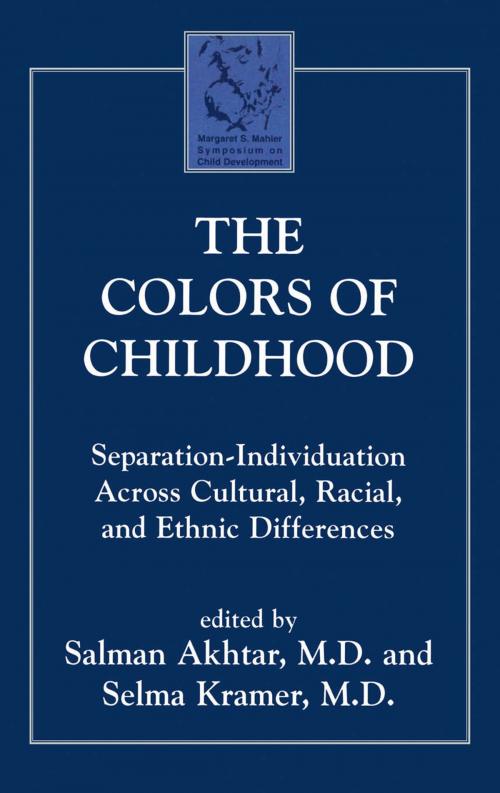The Colors of Childhood
Separation-Individuation across Cultural, Racial, and Ethnic Diversity
Nonfiction, Health & Well Being, Psychology, Clinical Psychology, Child & Adolescent, Child Development| Author: | Salman Akhtar, Selma Kramer | ISBN: | 9781461631101 |
| Publisher: | Jason Aronson, Inc. | Publication: | April 1, 1998 |
| Imprint: | Jason Aronson, Inc. | Language: | English |
| Author: | Salman Akhtar, Selma Kramer |
| ISBN: | 9781461631101 |
| Publisher: | Jason Aronson, Inc. |
| Publication: | April 1, 1998 |
| Imprint: | Jason Aronson, Inc. |
| Language: | English |
How does culture affect child-rearing practices? How do factors such as poverty, ethnic difference, racial minority status, and having immigrant parents alter the experience of a growing child? Are there culturally distinct sub-groups within the African-American population? How ubiquitous are psychoanalytically derived schedules of personality development? In what form and to what extent are transference and countertransference affected by such racial, ethnic, and economic issues? In this volume, eight distinguished psychoanalysts (including some belonging to ethnic and racial minorities) attempt to answer these questions. They provide illuminating details of child-rearing practices in African-American, Indian, and Japanese families. They interweave mythological legacies, historical background, ethnographic data, and clinical observations into a rich tapestry of knowledge, empathy, and understanding. They try to tease out the variables of socioeconomic class from the issue of race and the ambiguities consequent upon raising children in a new and unfamiliar land from the ordinary and inevitable conflicts between generations.
How does culture affect child-rearing practices? How do factors such as poverty, ethnic difference, racial minority status, and having immigrant parents alter the experience of a growing child? Are there culturally distinct sub-groups within the African-American population? How ubiquitous are psychoanalytically derived schedules of personality development? In what form and to what extent are transference and countertransference affected by such racial, ethnic, and economic issues? In this volume, eight distinguished psychoanalysts (including some belonging to ethnic and racial minorities) attempt to answer these questions. They provide illuminating details of child-rearing practices in African-American, Indian, and Japanese families. They interweave mythological legacies, historical background, ethnographic data, and clinical observations into a rich tapestry of knowledge, empathy, and understanding. They try to tease out the variables of socioeconomic class from the issue of race and the ambiguities consequent upon raising children in a new and unfamiliar land from the ordinary and inevitable conflicts between generations.















